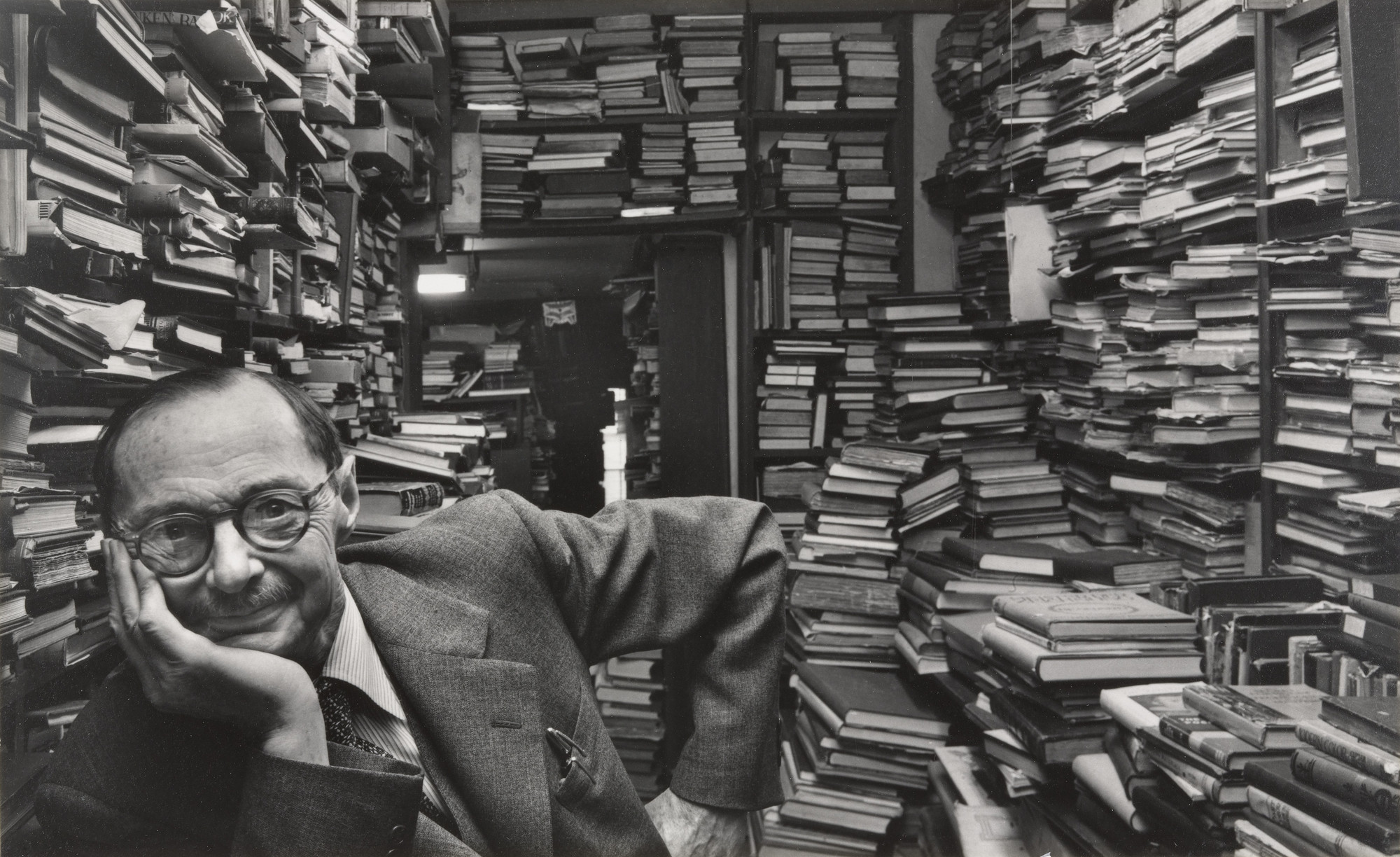American photographer, Arnold Newman is acknowledged as one of the great masters of the 20th and 21st Century and has his work has enhanced and changed portraiture. He is most well known for his carefully composed abstract still life images and his environmental portraits of artists and politicians. Newman found his vision in the empathy he felt for artists and their work. Although he photographed many personalities , he maintained that even if the subject is not known, or is already forgotten, the photograph itself must still excite and interest the viewer. He usually uses a carefully framed and lit setting, and its contents, to symbolize the individual’s life and work. Newman normally captured his subjects in their most familiar surroundings with representative visual elements showing their professions and personalities.






TECHNICAL: The lighting in this image has been created to invoke fear and evil. This is because in a natural environment we seldom see light falling in such a way, making light from below is deeply bizarre and other-worldly. Here Newman has used two key lights that are placed behind Krupp on both sides, creating yet another highly unnatural and disfiguring effect. In addition, the camera has used quite a wide angle to be able to capture the background of the factory and portray to the viewer an insight into what is occurring around the large figure. There is also a warm tone to the image from the factory lights in the background, however it is very dark and and colourless at the front of the image where the subject is placed. This creates a demonic feel around the subject as the black tones used can be associated with evil.
VISUAL : Newman used a green colour cast, resulting from the factory’s fluorescent lights, which he deliberately did not filter for. As well as being highly unusual, green skin is almost universally perceived as a sign of ill health. The frame around the subjects outline is shown as having a rough and worn out texture which presents the factory as ancient and industrial. The use of this frame also draws the viewers attention to the subject in the centre of the image, making him look larger and dominant. In addition, the subjects facial expressions and body language presents him as a dark character due to the fact he is glaring into the camera and this intimidates the viewer. The cropping of the subjects body creates an element of disguise as we can only see his upper half this could contribute to the fact he is secretive about something. Furthermore, the light coming through the ceiling creates an aesthetically pleasing pattern at the top of the image which makes it look extremely effective. The crowded setting behind the main subject creates a busy atmosphere with flashing lights and vehicles, suggesting that there is chaos around this man which he has caused, but it isn’t directly affecting him.
CONTEXTUAL: Krupp and his father had built up the Krupp business empire largely through their early support of the Nazi party and had heavily profited from the use of slave labour during the Second World War to supply arms for the Nazi war machine. Despite later being convicted of crimes and being sentenced to twelve years imprisonment, he had been pardoned after three years. He, for various reasons, got off lightly despite the magnitude of his crimes. I thought this could relate to his facial expressions in the image that are presented as smug and intimidating– he feels powerful. In addition, Newman knew a great deal about Krupp, so had initially turned down the shoot, but after reassurances from the editor, he finally decided to take the job, promising others that he would make Krupp look like the devil. I believe this could reflect the positioning of Krupp in the image, his body language and facial expressions and the dark shadows that surround him creating an eerie and evil atmosphere that is associated with his presence.
CONCEPTUAL: I believe the main purpose and meaning behind this image is to portray Krupp as a demonic character. The positioning of Krupp is vital, by placing him in this elevated position is declaring that he is the highest authority within these premises, that he is master of all he surveys and ultimately the man responsible for all that happens or has happened. The clever use of the symmetrical lighting allows Krupp to be revealed as a pitiless and brutal overseer answerable for so many deaths. Overall, Newman experimented with a variety of techniques and strategy’s to build up a corrupt personality of Krupp that is presented to the audience and shows how Newman perceived him as an individual.
